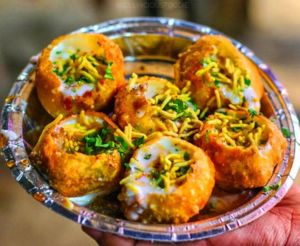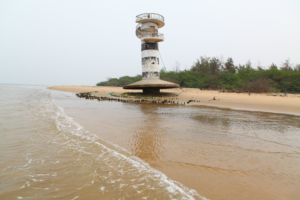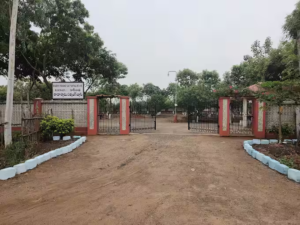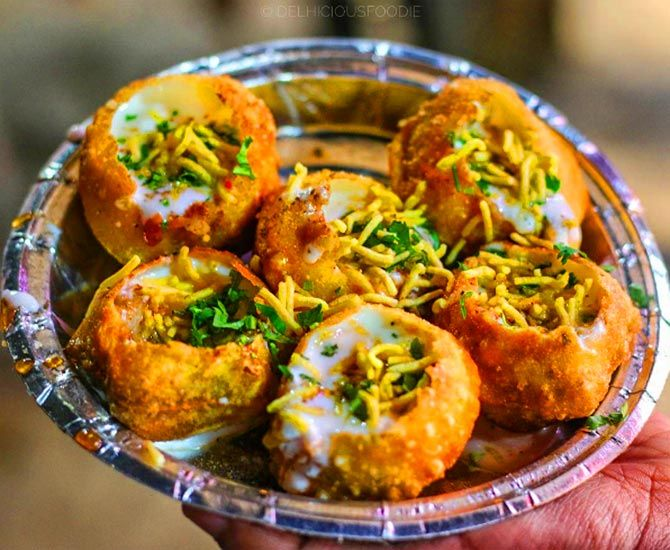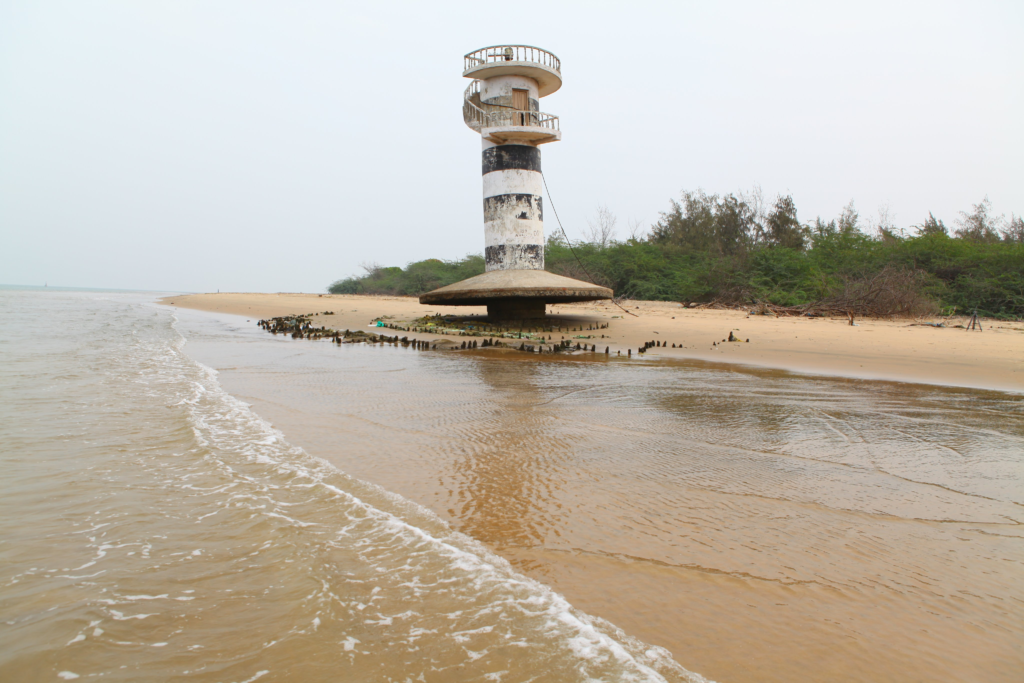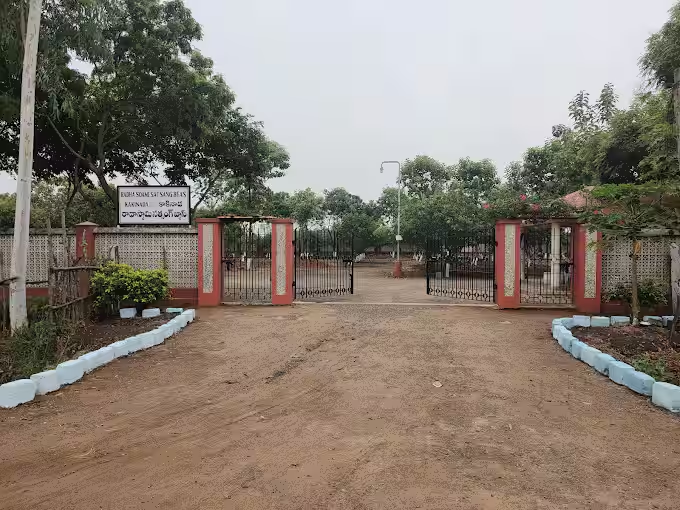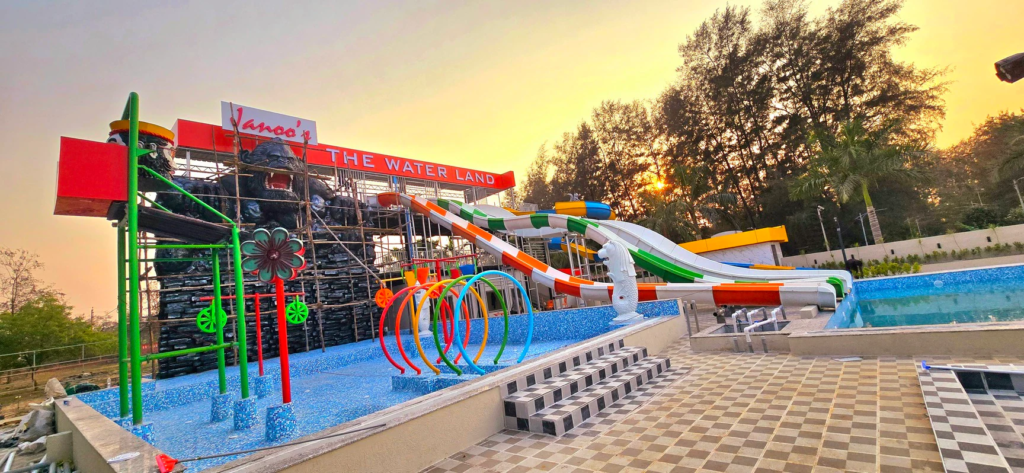Meta Description:
Experience the serene rhythms of rural life in Konaseema as you explore its lush paddy fields, traditional farming practices, and the soul of Andhra Pradesh’s agricultural heartland.
Table of Contents
- Introduction
- The Green Tapestry of Konaseema
- A Day in the Life of a Farmer
- Traditional Methods and Modern Changes
- The Role of Waterways in Agriculture
- Seasonal Festivals and Paddy Harvest
- Local Cuisine Inspired by Agriculture
- Visiting the Fields: A Tourist’s Perspective
- Sustainable Practices and Eco-Tourism
- Conclusion
Introduction
Tucked away in the lush delta between the Godavari River and the Bay of Bengal lies Konaseema, a region that seems frozen in time. Known for its natural beauty and agricultural bounty, Konaseema is Andhra Pradesh’s green gold. The region is not only a paradise for photographers and nature lovers but also offers a fascinating look into the lifeblood of rural India—paddy farming.
The Green Tapestry of Konaseema
Drive through the region, and you’ll find yourself surrounded by seemingly endless fields of green. These are the paddy fields, a patchwork of vibrant shades that change with the season. Coconut trees line the narrow roads, canals crisscross the countryside, and small villages nestle like gems among the foliage. Konaseema’s fertile alluvial soil and humid climate make it a prime area for rice cultivation, earning it the nickname “the rice bowl of Andhra Pradesh.”

https://images.app.goo.gl/76pTncVLsttsETsN8
A Day in the Life of a Farmer
Life in Konaseema begins early. As the sun rises over the horizon, golden light bathes the fields. Farmers begin their day with age-old rituals—some offer prayers, while others head directly to the fields with tools in hand. Tasks vary by season, from transplanting seedlings in the Kharif season to harvesting mature crops during the Rabi months. Farming here is not just a livelihood; it’s a way of life passed down through generations.
Traditional Methods and Modern Changes
While many still follow traditional methods—like using bullocks to plough and manual transplanting—change is inevitable. Tractors, mechanized harvesters, and improved irrigation techniques have found their place in some fields. Yet, what stands out is the balance: Konaseema farmers carefully blend the old with the new, ensuring sustainability while embracing efficiency.
The Role of Waterways in Agriculture
Konaseema is intertwined with a complex network of canals, creeks, and rivers branching from the Godavari. These waterways are lifelines, ensuring a year-round supply of water. Small motorboats ferry villagers and produce alike, while traditional boats are still used during the monsoon. Irrigation is primarily canal-based, and the region’s prosperity owes much to the Polavaram and Dowleswaram irrigation systems.
Seasonal Festivals and Paddy Harvest
Agriculture here is as spiritual as it is practical. Pongal and Sankranti are celebrated with joy and gratitude, marking the end of the harvest season. Homes are decorated with mango leaves and kolams (rangoli), and locals cook traditional dishes using the freshly harvested rice. These festivals are a vivid expression of the connection between land, people, and divine blessings.
Local Cuisine Inspired by Agriculture
You haven’t truly experienced Konaseema until you’ve tasted its food. The local cuisine reflects its agricultural base—freshly milled rice, coconut, tamarind, and seasonal vegetables form the backbone. Dishes like Pulihora, Gongura pappu, and Pesarattu are often served with a side of spicy pickles and a dollop of ghee. Many homes use firewood stoves, which add a distinct smokiness to the food, preserving the culinary traditions of the region.

https://images.app.goo.gl/2oZqjhNxHX39THLWA
Visiting the Fields: A Tourist’s Perspective
Tourists visiting Konaseema can immerse themselves in this pastoral life. Walking barefoot in wet paddy fields, joining a local farmer for transplanting seedlings, or even participating in a harvest celebration offers an unforgettable cultural experience. Homestays in villages like Amalapuram, Ravulapalem, or Mummidivaram provide comfortable accommodations with home-cooked meals and warm hospitality.
Sustainable Practices and Eco-Tourism
With the rise in agro-tourism, Konaseema is taking strides toward sustainable tourism. Organic farming is gaining traction, and many local farmers have switched to natural pest control and composting techniques. Eco-friendly tourism initiatives encourage responsible travel, reduce plastic use, and promote conservation of natural resources, ensuring the beauty of Konaseema remains untarnished for generations to come.
Conclusion
Life in the paddy fields of Konaseema is a serene yet dynamic experience. It’s a journey through the rhythm of seasons, the strength of tradition, and the resilience of a community deeply rooted in its land. For travelers seeking more than just a scenic getaway, Konaseema offers a heartfelt connection to nature, culture, and the soul of Andhra Pradesh’s agrarian heritage. When you step into a Konaseema paddy field, you’re not just walking on rice stalks—you’re walking through centuries of lived history.

